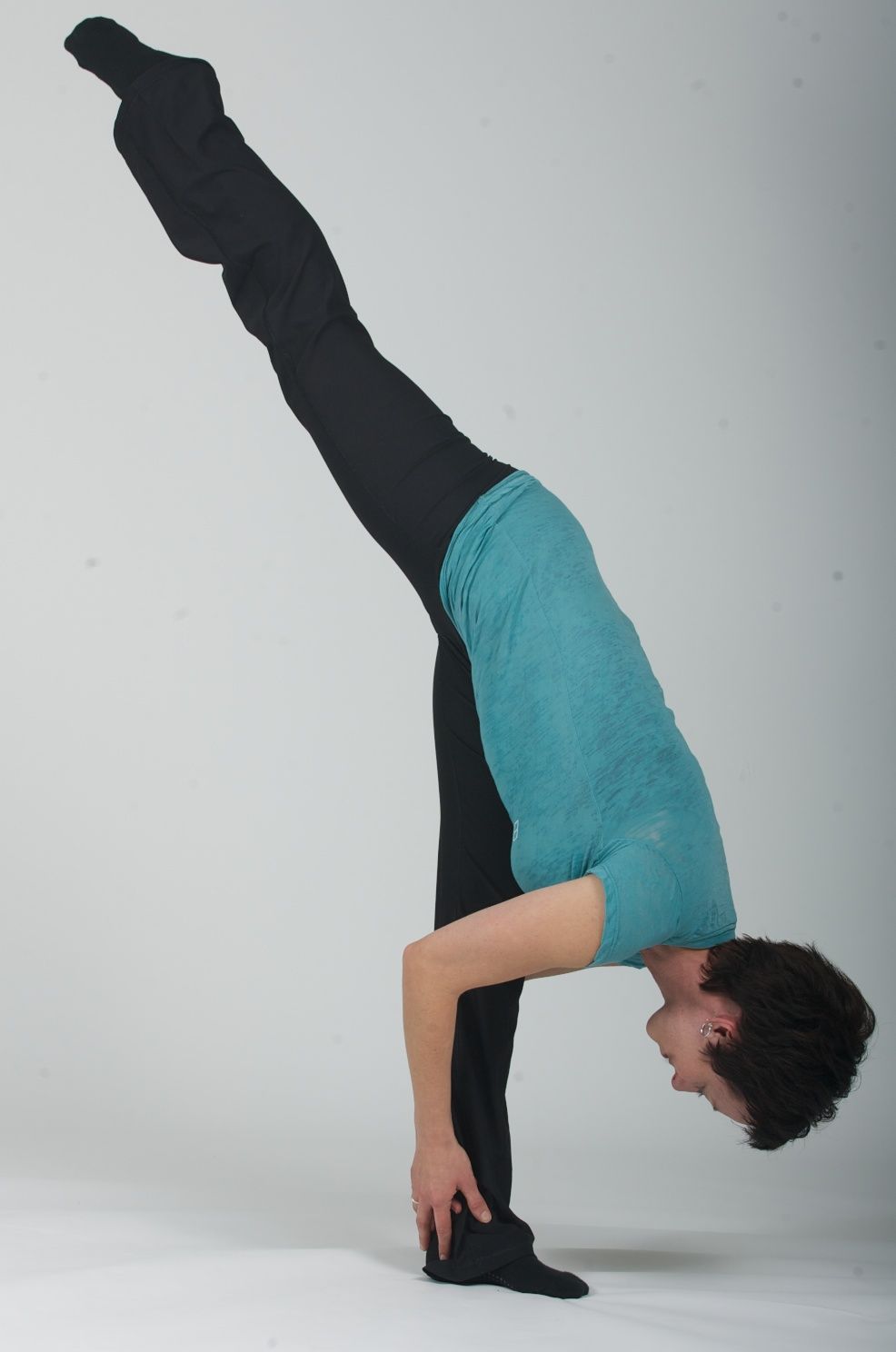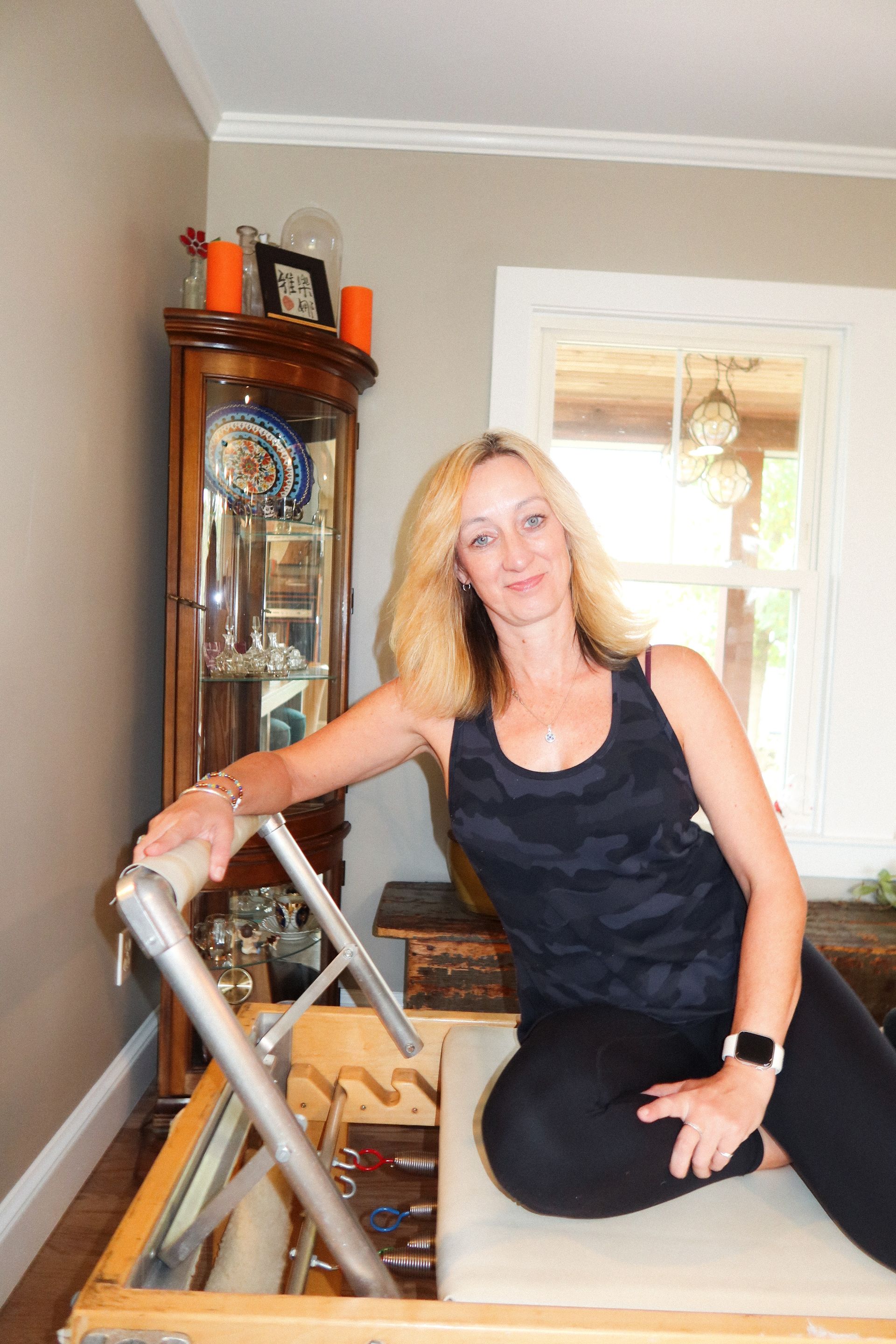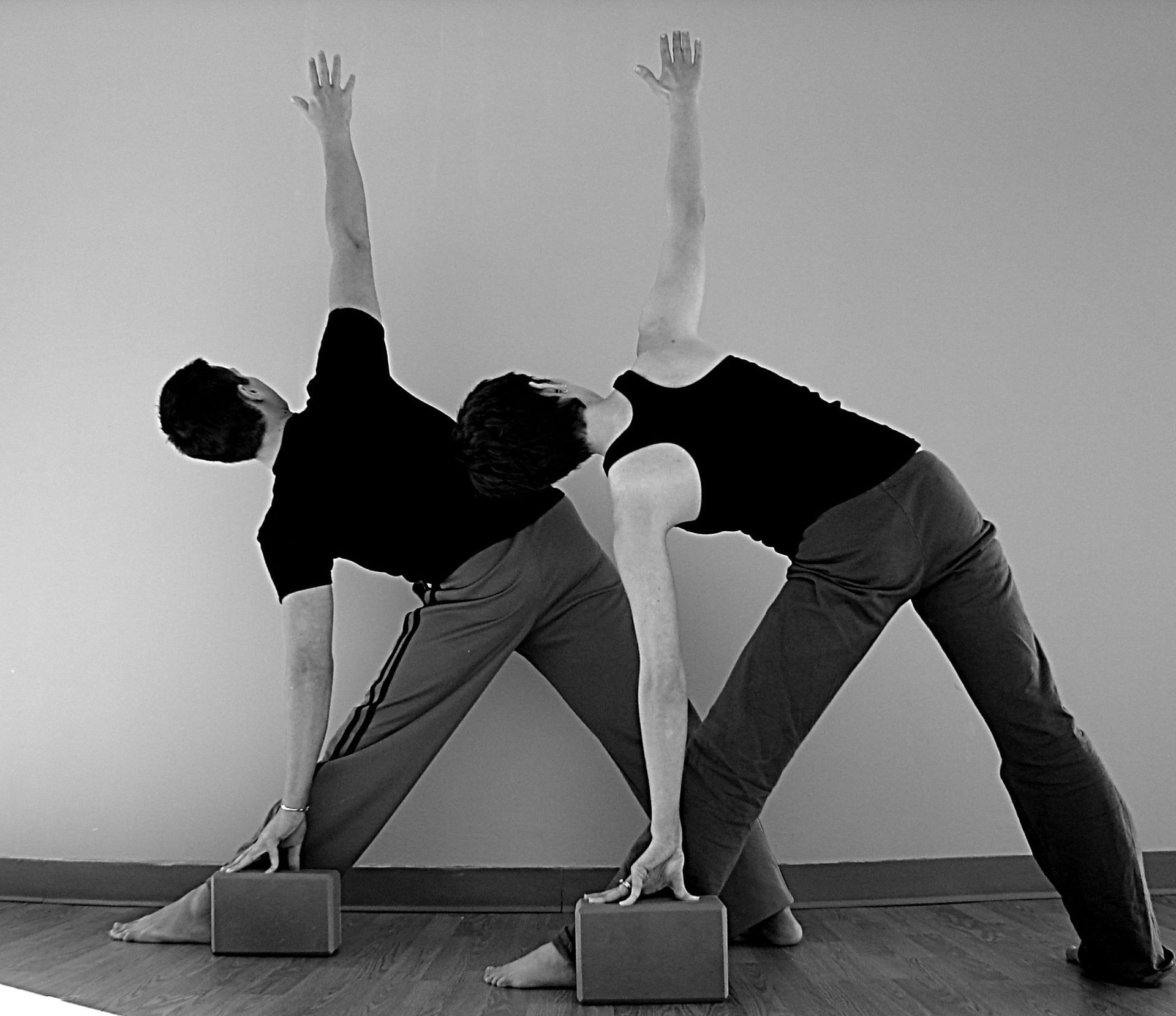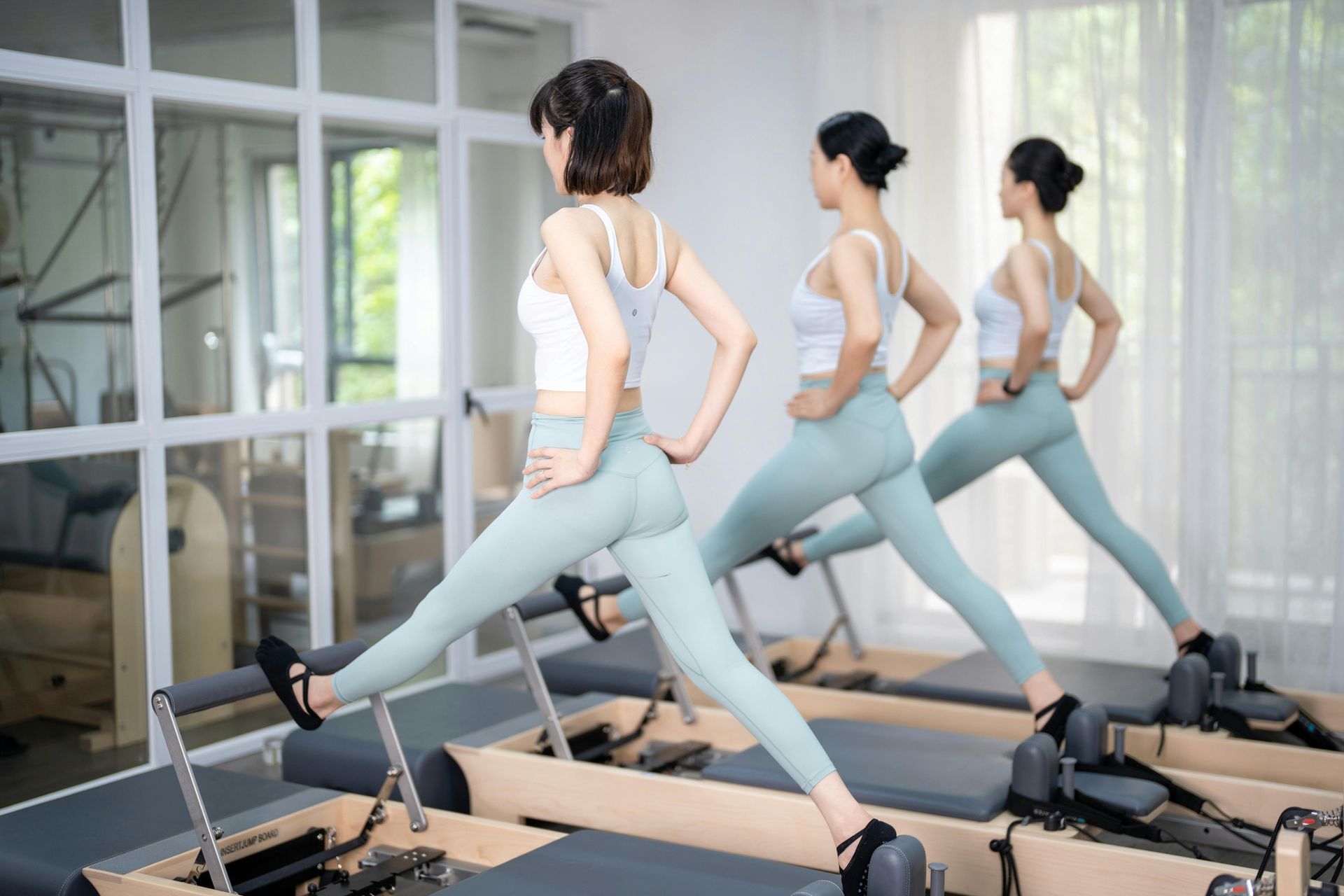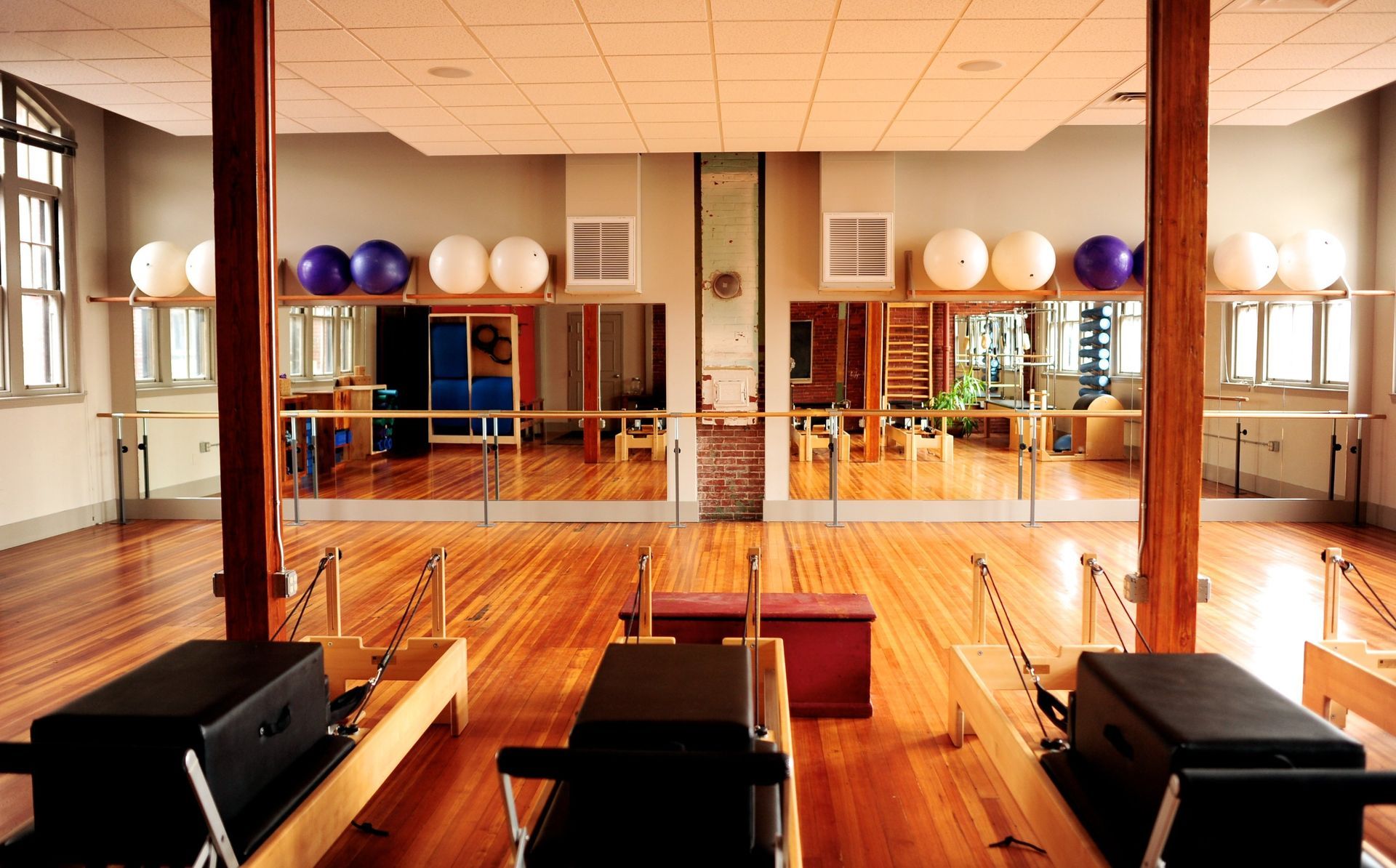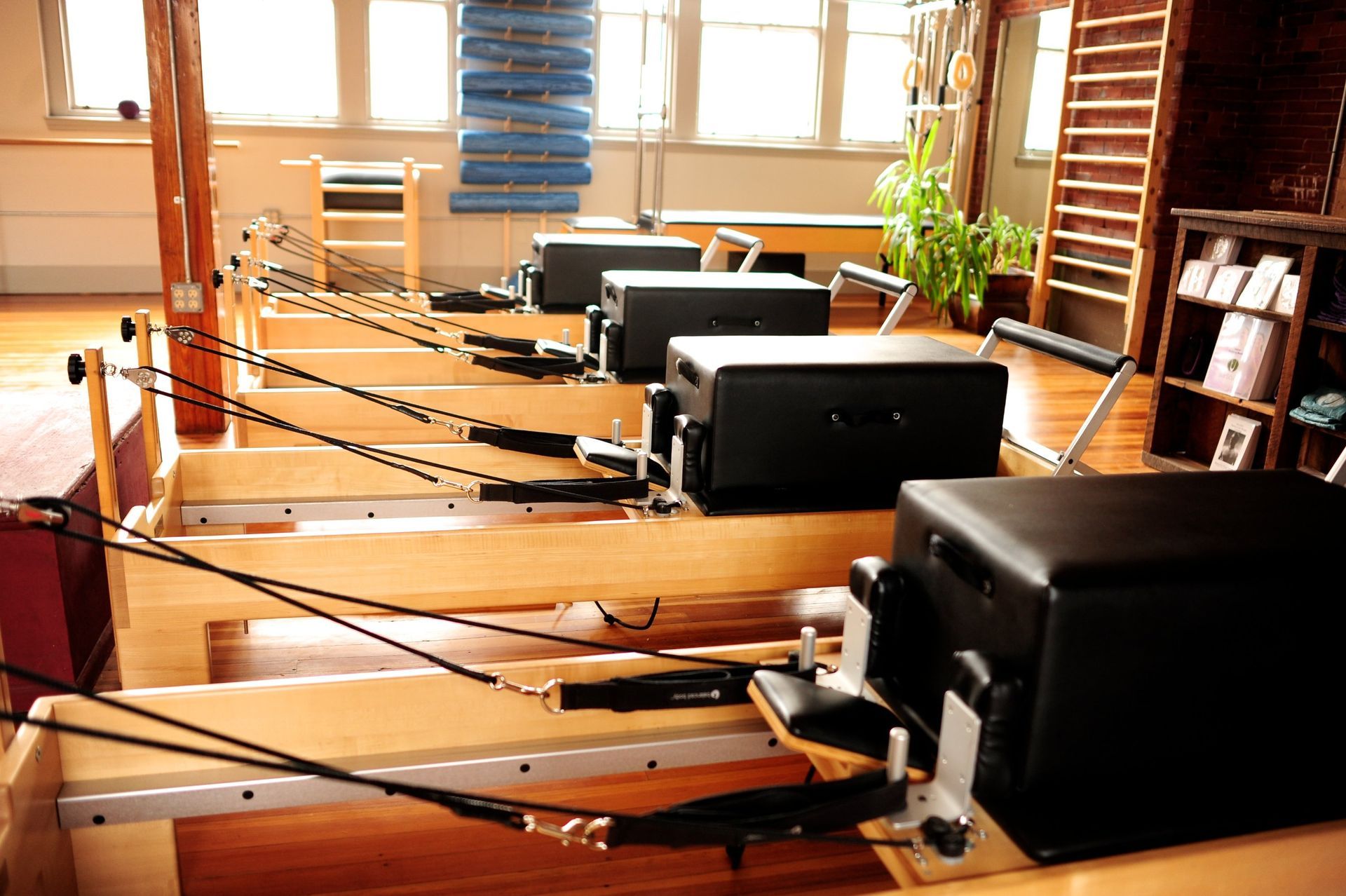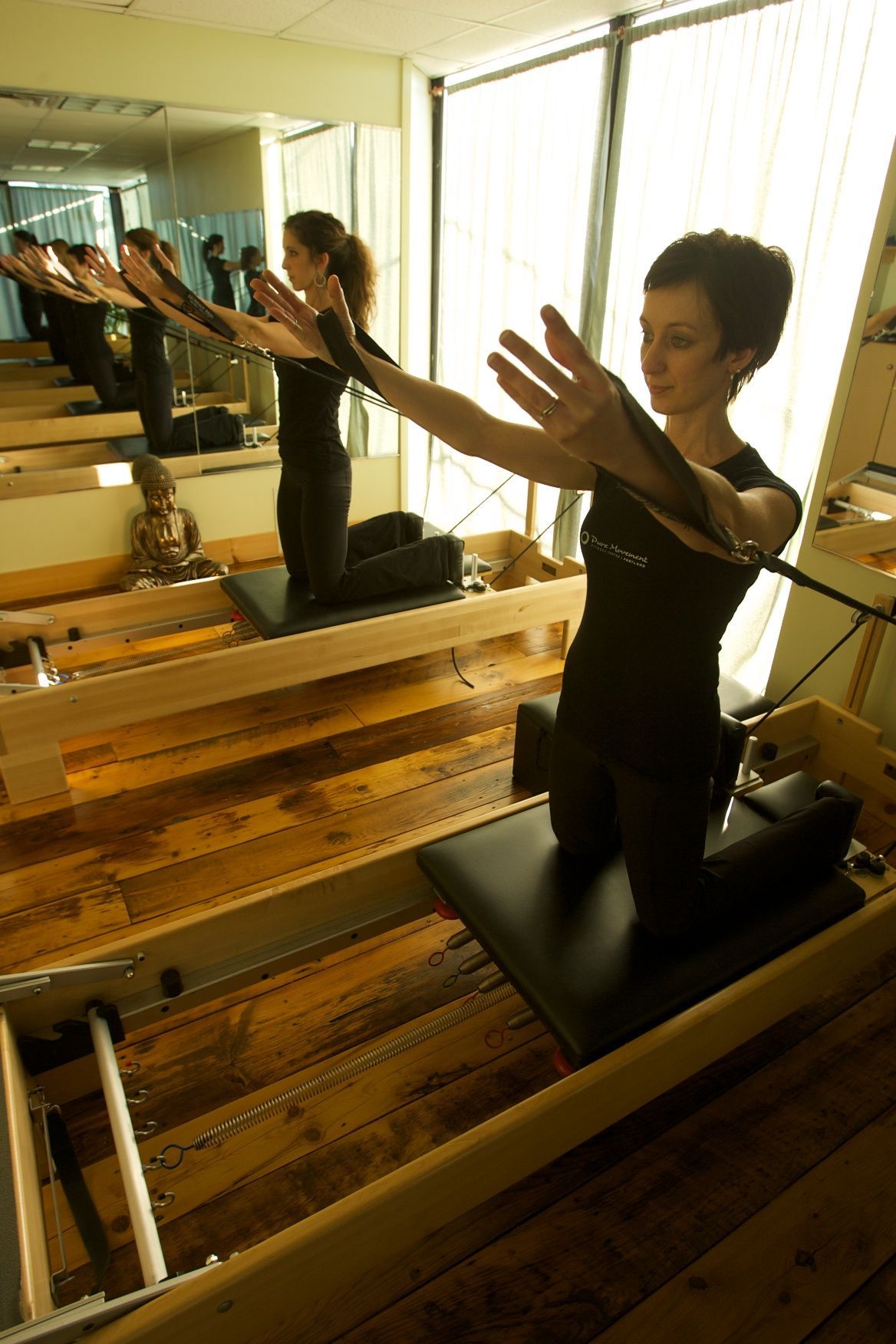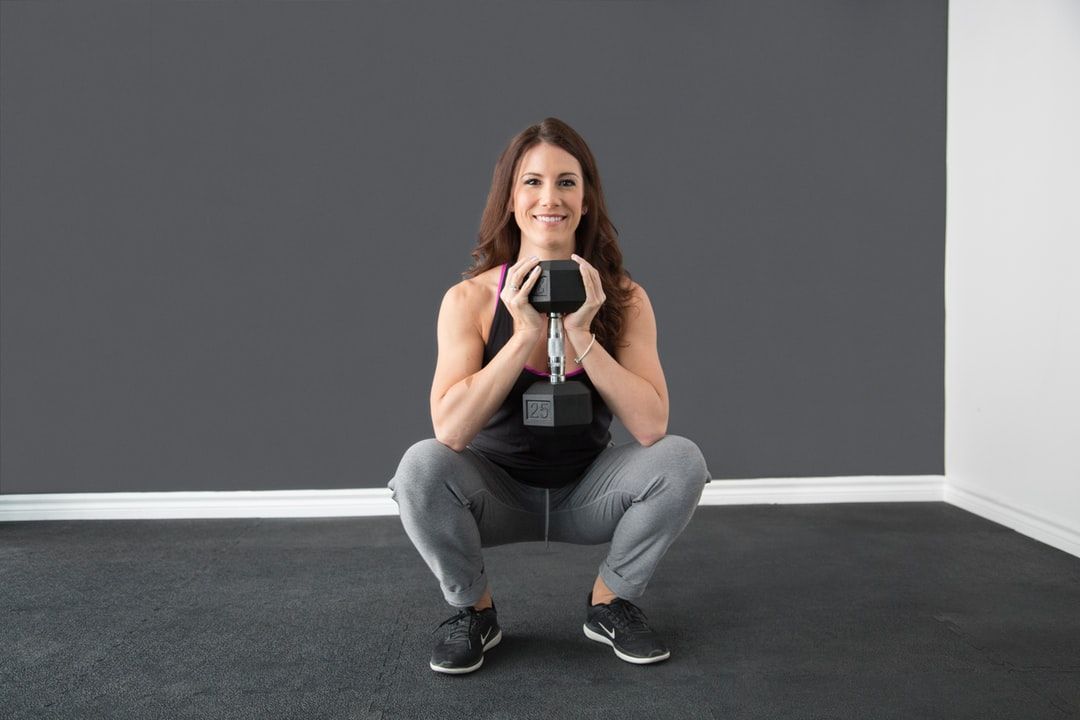Function over Vanity
Your Face Isn’t Aging You—Your Body Might Be
Your Face Isn’t Aging You—Your Body Might Be
I recently returned home from Puerto Rico after a week of sunshine, slow mornings, and warm beach walks. The kind of getaway that fills you up and somehow, still, makes you tired in that travel-day kind of way. This trip was a little different, though—I had my cat with me. Anyone who’s ever traveled with a pet knows it changes your rhythm. Normally I’d be up, walking laps around the airport or stretching in the corners like a quiet weirdo. But this time, every time we were still, she would settle. So I stayed still too.
And I watched.
I people-watched like it was my job. For hours. From gate to gate, terminal to terminal, I observed the movement (or lack thereof) of everyone around me. Young families chasing toddlers. Business travelers wheeling laptops in sleek carry-ons. Tourists with straw hats and oversized bags. And then something became undeniably obvious.
The youngest people in the airport were not always the ones with the smoothest skin or tightest clothes. But they moved with ease. They carried, lifted, twisted, pushed, and walked like their bodies knew how to move. In contrast, I saw many—many—middle-aged to older adults whose bodies seemed stiff, unstable, or uncooperative. Some were being wheeled onto planes. Others had a tough time simply walking behind their carry-on bags. Even without the burden of kids or extra luggage, their bodies appeared burdened by something else entirely: a lack of mobility, strength, or both.
Let me be clear: this is not about shaming anyone with an injury, chronic illness, or disability. Life deals different hands, and we don’t all start from the same baseline. But there is something worth unpacking here—something I see all the time, both in airports and in the wellness world:
We’ve become far more obsessed with the appearance of youth than the function of it.
Botox vs. Bodywork
Fitness takes time. It costs money. I hear it all the time. “I’d love to do more Pilates,” “I wish I had the time to work out,” “I know I should stretch more.” And yet, we somehow find time and money for Botox appointments, skincare rituals, injectables, filters, and sculpting facials. We’ve made looking younger a priority—but not feeling younger.
And here’s the kicker: you can look smooth and snatched and still struggle to pick up your suitcase. You can look flawless in photos but be unable to squat down to tie your shoe without groaning. You can have perfect brows and a jawline that could slice bread, but need assistance getting up from your airplane seat.
What I saw at the airport was this exact contradiction—people who clearly took great care of their faces and outer appearance, but had seemingly let their bodies fall into disuse.
Aging isn’t something to fear, but not being able to move freely? That’s something to address.
Movement Is the Real Youth Serum
You want to look younger? Move like a younger person.
There’s nothing more youthful than independence. Than being able to walk at a normal pace, lift your own bag, climb stairs without breathlessness, or sit on the floor and get back up with ease. These aren’t vanity metrics. They’re quality-of-life indicators. And they don’t require perfection—they just require attention.
Muscle mass, joint mobility, coordination, and balance are all things that decline not just because of age—but because of disuse. We stop doing the things that keep us supple, stable, and strong, and then we act surprised when we lose the ability to do them.
It’s not about doing burpees or running marathons. It’s about regular, intentional movement: strength training, Pilates, walking, stretching. Making your body a priority, not just your skin.
Because while the face might show your years, your movement reveals your vitality.
What We’re Really Fighting When We “Fight Aging”
Let’s be honest. When people say they want to “fight aging,” what they really mean is:
- They don’t want to feel irrelevant.
- They don’t want to lose energy.
- They don’t want to become dependent.
- They don’t want to feel stiff, sore, or slow.
- They don’t want to be invisible.
None of that has anything to do with crow’s feet. It has everything to do with how we move through the world.
We’ve been sold the idea that looking young is the answer. But it’s not the wrinkle that keeps you from dancing at your friend’s wedding—it’s the knee pain. It’s not the gray hair that prevents you from traveling—it’s the lack of strength to carry your bags or sit comfortably on a long flight.
If we really want to age well, the priority should be training the body to last.
Compassion First, Always
Now, I want to say this again, louder: There are people who move differently or more slowly because of legitimate injuries, disabilities, and chronic conditions. This is not about them. They are not “less than,” nor should they be judged for how they get from point A to point B. And if you’re reading this and you are someone who navigates life with different physical challenges, I see you. I work with many clients with injuries, arthritis, osteoporosis, post-surgical limitations—you name it.
This is not about perfection or shame. It’s about attention.
If you’re lucky enough to have a body that’s currently able to do basic movements—walk, squat, lift, twist—use it. Take care of it. Train it to stick around for the long haul. Because once we start losing function, it gets harder to get back. Not impossible, but harder. And if you have lost function, it’s not too late to improve what you’ve got. Every little bit of strength and mobility makes a difference.
A Realistic Reframe
So here’s my invitation to you. Next time you look in the mirror and feel tempted to “fix” something with a needle, a cream, or a contour, ask yourself:
- Can I squat down without pain?
- Can I lift a bag of groceries without wincing?
- Can I go up a flight of stairs without stopping?
- Can I twist to look behind me without stiffness?
- Can I walk briskly without fatigue?
If the answer to those questions is no, maybe the solution isn’t another facial treatment—it’s a movement practice.
Not a punishing gym routine or a bootcamp you dread, but something sustainable. Something you can do regularly. Something that supports your body’s ability to be with you, fully, for the rest of your life.
Because the glow of youth isn’t just in the skin—it’s in the freedom of movement.
One Last Look at the Airport
Back to the airport. I’ll admit, it was both inspiring and sobering. I saw people twice my age gliding through security with backpacks on and smiles wide, and I saw people in their 40s struggling to walk to the restroom. It wasn’t about age—it was about movement.
And in a culture obsessed with looking ageless, the real flex might just be this:
Being able to roll your own bag, walk to your gate, lift your carry-on into the overhead bin, and sit down without needing assistance.
No makeup can do that. No injection can restore it. Only movement. Only you.
So maybe it’s time we shift our focus from tightening the jawline to strengthening the glutes. From filling the forehead to engaging the core. From anti-aging our faces to pro-aging our bodies.
Because your body—not your face—is what’s aging you.
And it’s never too late to take care of it.


